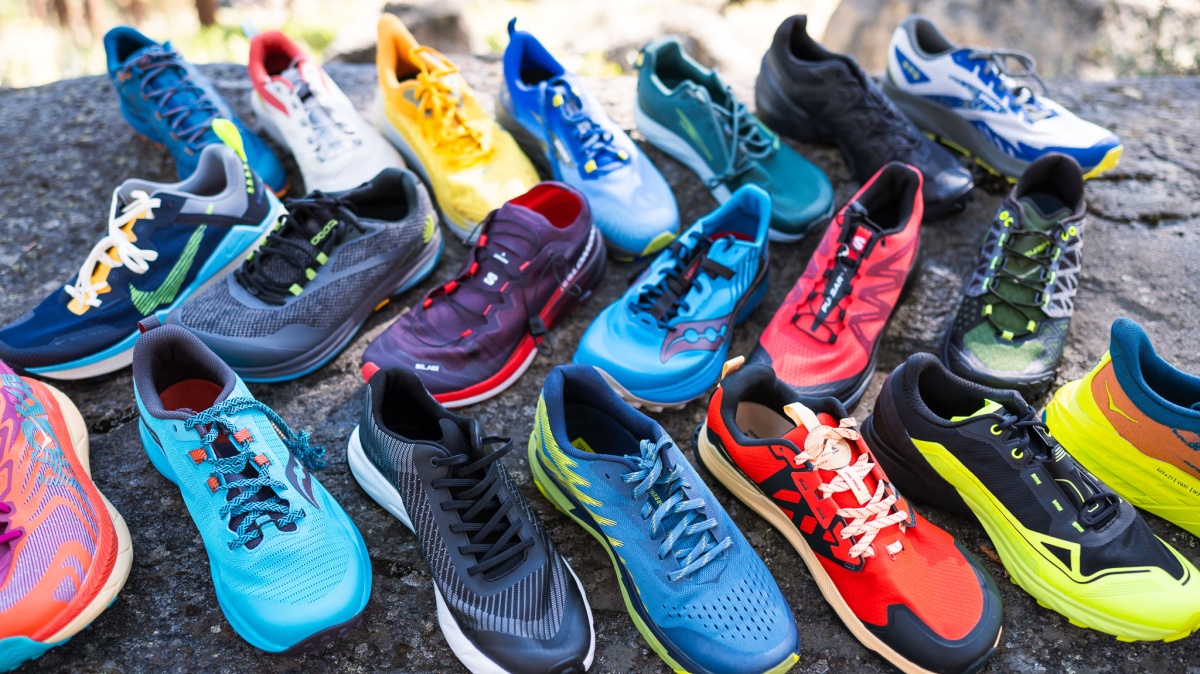Embarking on a hiking adventure brings the promise of breathtaking views and exhilarating challenges. To conquer the trails with confidence, investing in the right pair of waterproof hiking boots is crucial. In this guide, we explore the key features and considerations that make for the best waterproof hiking boots, ensuring your feet stay dry and comfortable in any terrain.
Waterproofing Technology
Look for boots that feature advanced waterproofing technologies. Gore-Tex and eVent are popular waterproof membranes that effectively keep water out while allowing moisture to escape, keeping your feet dry and comfortable. Sealed seams and waterproof-treated leather or synthetic materials add an extra layer of protection against the elements.
Breathability
While keeping water out is essential, ensuring breathability is equally important. Waterproof hiking boots with breathable materials prevent your feet from becoming sweaty and uncomfortable during extended hikes. Look for boots that strike the right balance between waterproofing and breathability, allowing moisture vapor to escape.
Insulation for Weather Versatility
If you plan to hike in colder or variable weather conditions, consider waterproof boots with insulation. Thinsulate or PrimaLoft are popular insulation materials that provide warmth without adding excessive bulk. Insulated waterproof boots are ideal for tackling snowy or wet trails while keeping your feet comfortably warm.
Durable Construction
Hiking boots need to withstand the rigors of challenging terrains. Opt for boots with durable construction, reinforced toe caps, and sturdy outsoles for excellent traction. Materials like full-grain leather or high-denier nylon are known for their durability, ensuring that your boots can handle rocks, roots, and diverse trail conditions.
Comfort and Support
Long hikes demand comfortable and supportive footwear. Look for boots with ample cushioning, contoured insoles, and adequate arch support. Additionally, ankle support is crucial for stability, especially on uneven terrain. Choose boots that offer a secure fit around the ankle without sacrificing flexibility.
Proper Sizing and Fit
The right fit is paramount for hiking comfort. Ensure that your boots provide enough room for your toes to wiggle without allowing excess movement. Consider trying on boots in the afternoon when your feet may be slightly swollen, mimicking the conditions during a long hike. Additionally, wear the socks you plan to hike in to assess the true fit.
Weight Considerations
While sturdiness is crucial, the weight of your hiking boots can impact your overall comfort on the trail. Lightweight waterproof hiking boots or the best running shoes for mens are suitable for day hikes or less demanding trails, while heavier boots with additional features may be necessary for more challenging terrains and longer treks.
Conclusion
Selecting the best waterproof hiking boots involves a thoughtful consideration of waterproofing technology, breathability, insulation, durability, comfort, fit, weight, and brand reputation. Investing in high-quality boots that cater to your specific hiking needs ensures that your feet remain dry, comfortable, and supported, allowing you to focus on the awe-inspiring journey that unfolds with every step on the trail.

